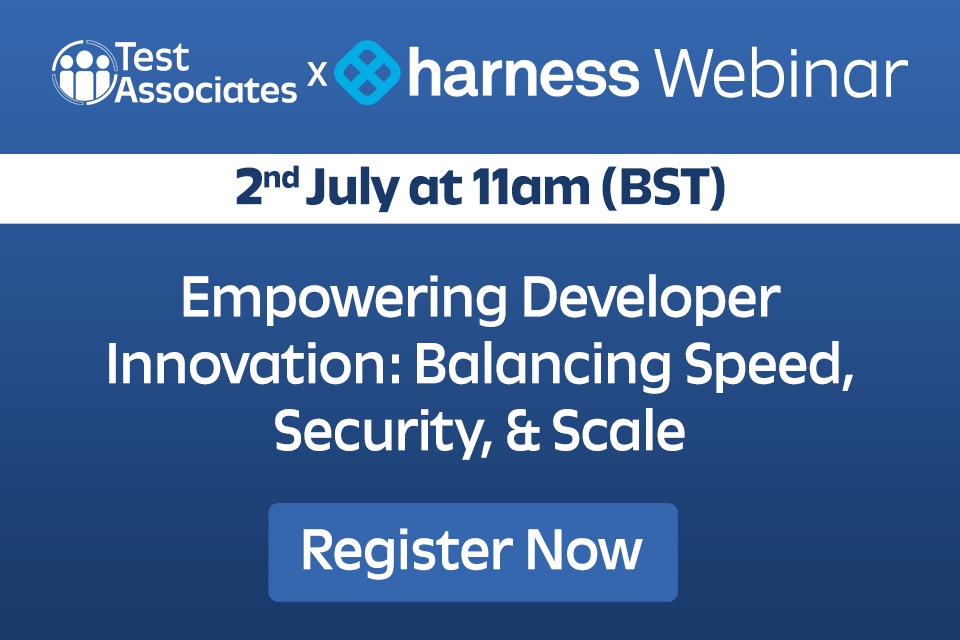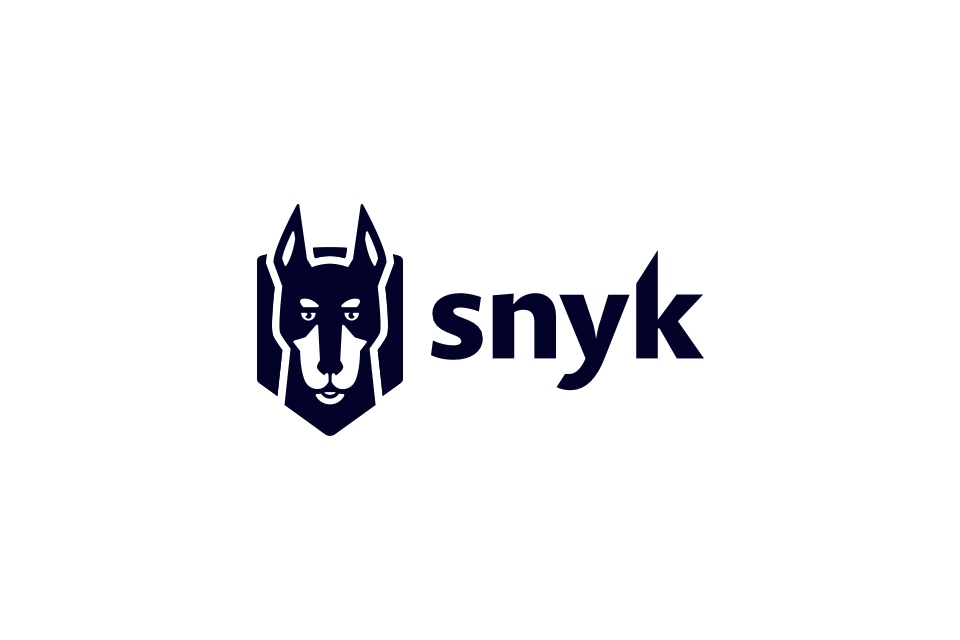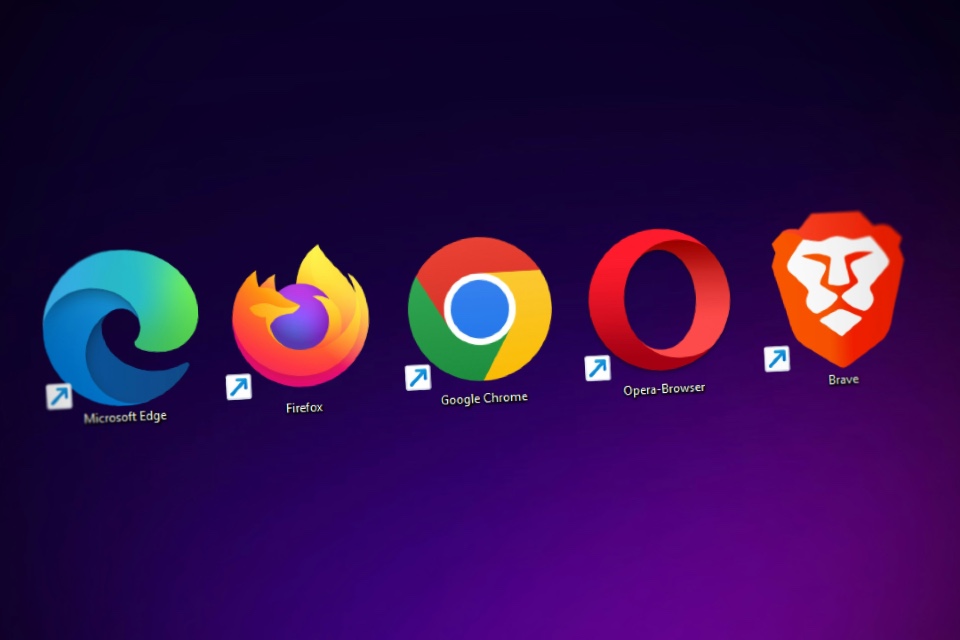How to empower developer innovation? Webinar for leaders

Learn how to balance speed, security and scale to empower developer innovation. In today’s ever evolving digital landscape, innovation has become a necessity. However, the path to enabling fast, secure and scalable software delivery remains complex. Many engineering leaders continue to face the fundamental challenge of empowering developers and providing autonomy to facilitate autonomy. This […]
Subscribe to Startups Magazine today

Startups Magazine is a publication which champions tech startups – the entrepreneurial heroes disrupting industries and the creators’ challenging norms and breaking boundaries. The Startups Magazine team works hard to deliver unique content to startups providing valuable insights from industry experts, advice on business fundamentals and most importantly – a platform to introduce tech startups […]
CEH AI introduces a forward-looking approach to ethical hacking

Now incorporating Artificial Intelligence, the latest version reflects the shift in the threat landscape, where automation, adaptive attacks, and intelligent defenses are becoming central to cybersecurity operations. Based on the ‘Learn, Certify, Engage, and Compete’ framework, CEH AI is designed to build foundational knowledge and applied capability. Key Benefits: If you’re working towards deeper capability […]
Final call for Cyber Secure Forum delegate places!

The upcoming Cyber Secure Forum is in just a few weeks’ time, offering a dynamic day of innovation, networking, and insights taking place on Tuesday 24th June. As well as access to our educational seminar programme, your free pass will also include a personalised 1-2-1 itinerary of business meetings with leading industry suppliers to discuss your current projects, a networking buffet lunch […]
Clean Data: The critical first step for ERP migration success

In the rush to modernise enterprise systems, data has become both an asset and a critical foundation for success. As the 2027 SAP ECC deadline approaches, organisations are increasingly turning their attention towards ERP migration strategies. Yet beneath the discussions around implementation timelines and technical capabilities, a more fundamental issue is often overlooked: the quality and […]
Cyber Secure Forum: The countdown has begun!

With less than 6 weeks to go, make sure you claim your free place at the Cyber Secure Forum on Monday, 24th June at the Hilton London Canary Wharf. Now in its 10th year, this fully hosted event brings together senior professionals for a focused day of 1-2-1 meetings, expert-led seminars, and meaningful networking with other decision-makers in cyber security. Our […]
ADVANCED THREAT DASHBOARDS MONTH: How AI is shaping Predictive Threat Monitoring

Cybersecurity is defined not just by how quickly organisations respond to threat, but how effectively they anticipate and prevent them. As attack surfaces grow and threats become more sophisticated, traditional dashboards offering historical or real-time data are no longer enough. Instead, security teams attending the Cyber Secure Forum are embracing AI-powered predictive threat monitoring, integrated […]
INDUSTRY SPOTLIGHT: Snyk – The AI-powered developer security platform

Snyk is the leader in developer security. We empower the world’s developers to build secure applications and equip security teams to meet the demands of the digital world. Our developer-first approach ensures organizations can secure all the critical components of their applications from code to cloud, leading to increased developer productivity, revenue growth, customer satisfaction, […]
June 2025 is Browser Security Month on Cyber Security Briefing – Here’s how to get involved!

Each month on Cyber Security Briefing we’re shining the spotlight on a different part of the cyber security market – and in June we’re focussing on Browser Security solutions. It’s all part of our ‘Recommended’ editorial feature, designed to help IT security buyers find the best products and services available today. So, if you’re a Browser […]
Legacy tech ‘stalling GenAI adoption in manufacturing’

Manufacturing organisations worldwide are increasingly turning to GenAI to establish smart factories, spur innovation, improve productivity, build resilience and gain competitive advantage – but research indicates legacy tech is hampering progress. An NTT DATA report – “Feet on the Floor, Eyes on AI: Do you have a plan or a problem?” – also uncovers significant challenges related to workforce and […]


